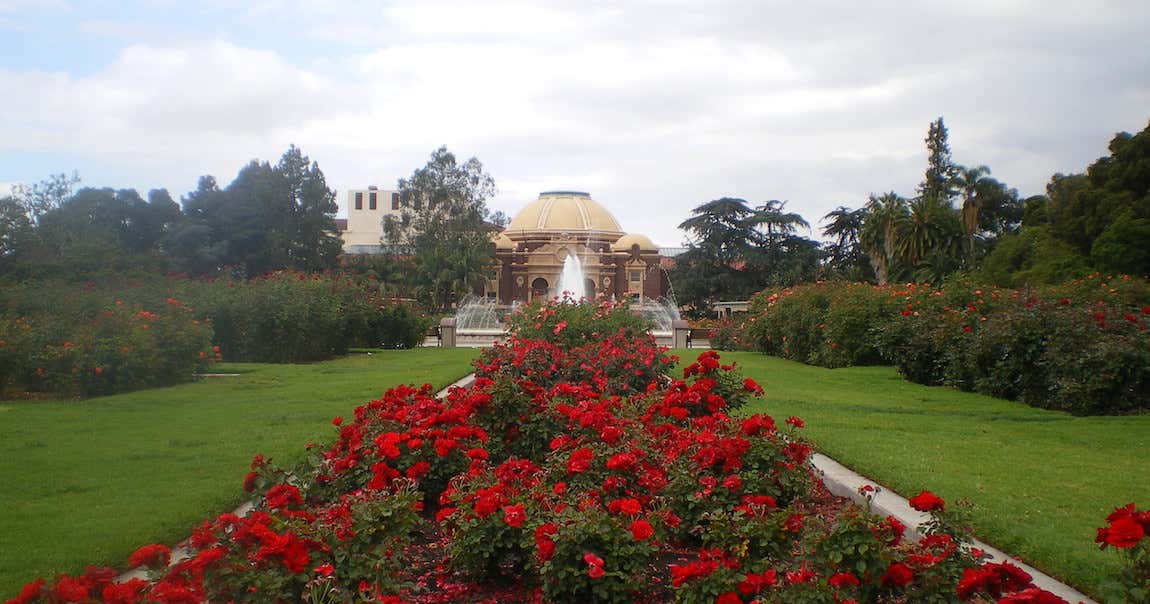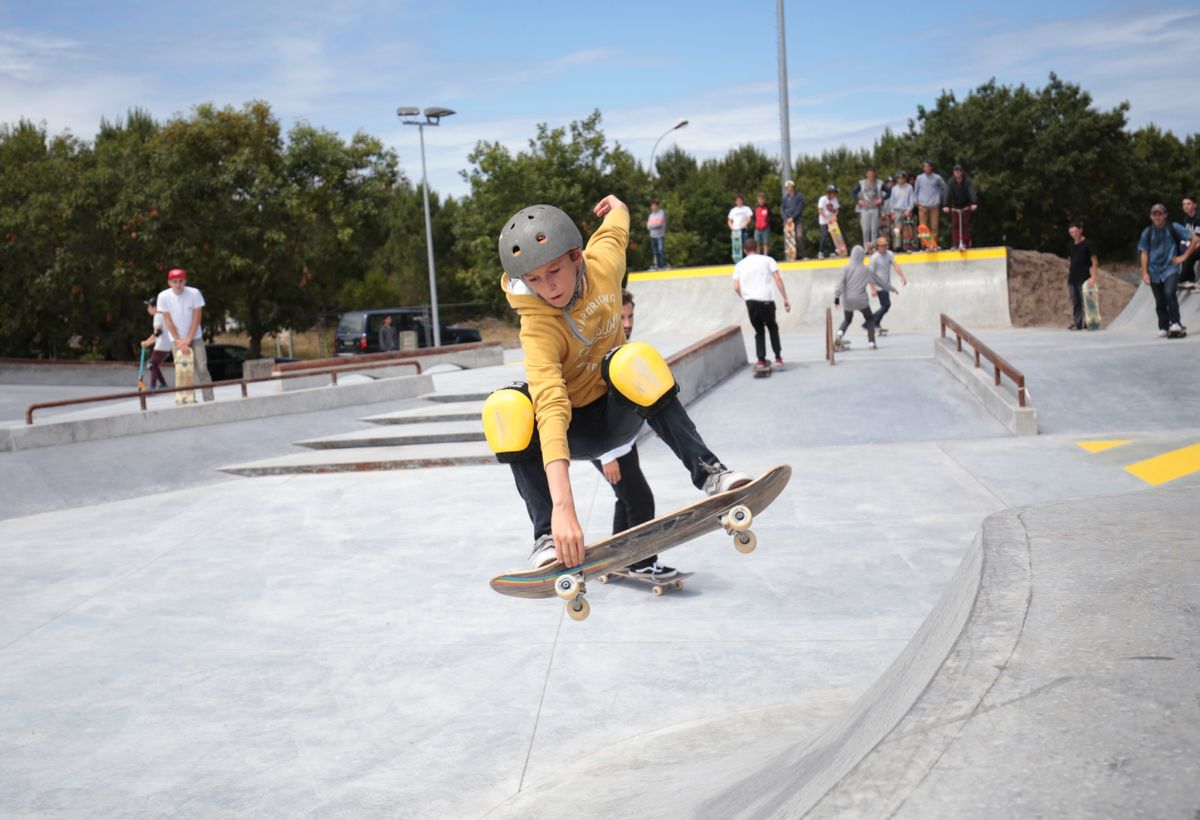

Various colorings, defined here, differentiate National Historic Landmarks and historic districts from other NRHP buildings, structures, sites or objects.

Bowen-a prominent Los Angeles attorney, devout Methodist, and adjunct law professor at USC-began campaigning for the city to annex the park and outlaw gambling. The University of Southern California had opened across the street in 1880. In 1875, the Main Street and Agricultural Park Railroad, one the L.A.'s first street railways, began shuttling passengers to the park on horse-drawn street cars.Īs urban growth began to surround Agricultural Park, the park's neighbors demanded an end to its unsavory activities. These amenities made Agricultural Park a popular attraction among late-nineteenth-century Angelenos. Courtesy of the Metro Transporation Library. Main Street and Agricultural Park Railroad streetcar. Underneath the grandstand was an often-packed saloon, and a busy hotel in the middle of the park catered to racing enthusiasts and vice-seekers alike. Gruesome animal fights-denounced by anti-animal cruelty organizations-provided more fodder for gamblers. Later, the park would host L.A.'s first bicycle and automobile races.


In early years, horses, dogs, and camels raced around the track. Gamblers flocked to the Agricultural Park racetrack, which hosted races of all sorts. With gambling, prostitution, and related activities banned inside the city limits, these vices migrated across the boundary into Agricultural Park. The park's new owners took advantage of another feature of its location: it lay just outside the southwestern corner of Los Angeles' original four-square-league royal land grant. Agricultural Park was located just outside the southwestern corner of L.A.'s city limits until the city annexed the land in 1899. Citrus groves soon appeared, too, destined to serve regional boosters as useful symbols of Southern California's salubrious climate.Īgricultural Park may have succeeded in promoting profitable uses of Southern California's land, but the fairground itself could not turn a profit in 1879 its mortgage creditors foreclosed on the property.ĭetail of a 1916 map showing territory annexed to the City of Los Angeles. By 1880, wheat and corn grew over much of Los Angeles' coastal plain and inland valleys. Located just beyond the limits of L.A.'s urban growth in 1872, Agricultural Park's creators encouraged the new American landowners to take up farming and, by hosting an exhibition space, sought to capitalize on the growth of local commercial agriculture. But as American tax policy slowly dismantled the old rancho system by taxing real property and discouraging the ranches' passive use of the land, many of the estates passed into the hands of newly arrived Americans eager to squeeze profit out of Southern California' fertile soil and gentle weather. Largely self-sufficient, the ranches sold beef at the market but generally steered clear of commercial farming. basin had been divided into vast cattle ranches owned by the landed gentry of Mexican California. In 1872, Southern California's Mexican-era rancho system was crumbling. Pierce Photography Collection, USC Libraries. Photo of Hollywood circa 1900 courtesy of the Title Insurance and Trust / C.C. A typical view of the agrarian Los Angeles Basin in the late 19th century.


 0 kommentar(er)
0 kommentar(er)
